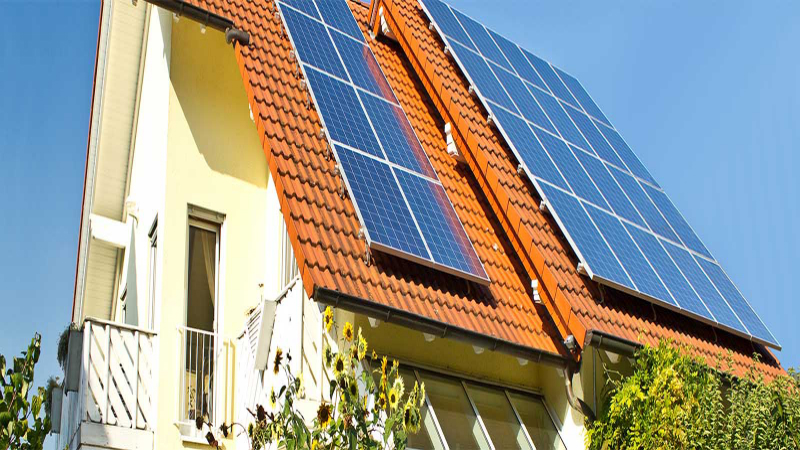Solar Ground Mounts can be a great option for going solar on your home your business.
If you’ve done some research on the amazing federal and local incentives/credits that come with “going solar”, perhaps you’re convinced that installing a solar energy system in your home or business is a great idea. We couldn’t agree more, but the next step in pursuing a solar energy system for your home or business is selecting the right type of system for your situation.
Although there is no one-size-fits-all solution, a solar ground mount system can be one of the best options avaialble for you, especially if you’re a homeowner with some acreage to spare. Let’s discuss why.
What is a solar ground mount, anyway?
A solar ground mount is a type of solar energy system that is made up of solar panels installed on top of solar rails. Traditionally, the rails are mounted onto the piping, which is either hydrologically pushed into the ground or cemented into the ground with concrete footings.
The solar ground mount is elevated a couple of feet off the ground in the front – and higher in the back – as the array is tilted towards the sun. Traditionally, the solar modules are mounted in the landscape position on top of the racking.
What makes a solar ground mount system great?
First of all, the system is much easier to access compared to other systems, and it has no interaction with your roofing. This means that you have less concern about damaging your roof, water leaking into your building, or the hassle of having to move the panels when it’s time for a roof repair/replacement.
Because of the additional equipment that’s required to be built, such as the ground mount structure and the trench filled with copper pipe, the upfront cost of solar ground mounts is usually higher.
However, despite these higher upfront costs, you can actually expect more efficiency in the long run. Solar ground mounts are typically more efficient since they can be oriented to be at the perfect pitch and azimuth (the angle between a celestial body and the North, measured clockwise around the observer’s horizon) allowing you to “harvest” more energy over time.
For example, in the northern hemisphere, the perfect azimuth is 180 degrees south, while the perfect pitch is 35 degrees. With a solar ground mount system, you’d be able to adjust your system to these specifications if you live in the northern hemisphere.
In some cases, homeowners will also have the option of installing a “low profile tilt” ground mount which tilts down to 20 degrees. Although this doesn’t increase efficiency, it doesn’t decrease efficiency either and allows for your system to blend easier with the landscape.
Visit Business name for more information!
